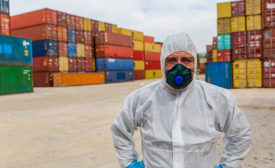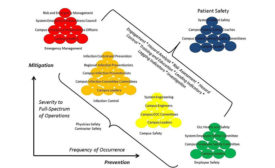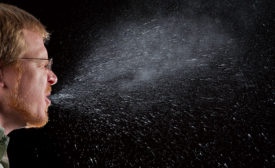Risk Management
Rise of the OHS entrepreneur
Those willing to take risks can succeed during the pandemic
July 14, 2020
Best Practices
A risk-based approach to reopening amid COVID-19
Those willing to take risks can succeed during the pandemic
July 9, 2020
Identifying convergence fields and technologies for industrial safety
Key findings of a recent study on LDA-based network analysis
July 2, 2020
New study: Health risk behaviors among construction workers
A profile across a variety of occupations
June 25, 2020
Trends in industrial security
Integration ensures plant protection and safety compliance
June 24, 2020
Part 1 of 3: Removing the Enigma
A methodical risk and control analysis of COVID 19
June 7, 2020
Never miss the latest news and trends driving the safety industry
eNewsletter | Website | eMagazine
JOIN TODAYCopyright ©2024. All Rights Reserved BNP Media.
Design, CMS, Hosting & Web Development :: ePublishing











